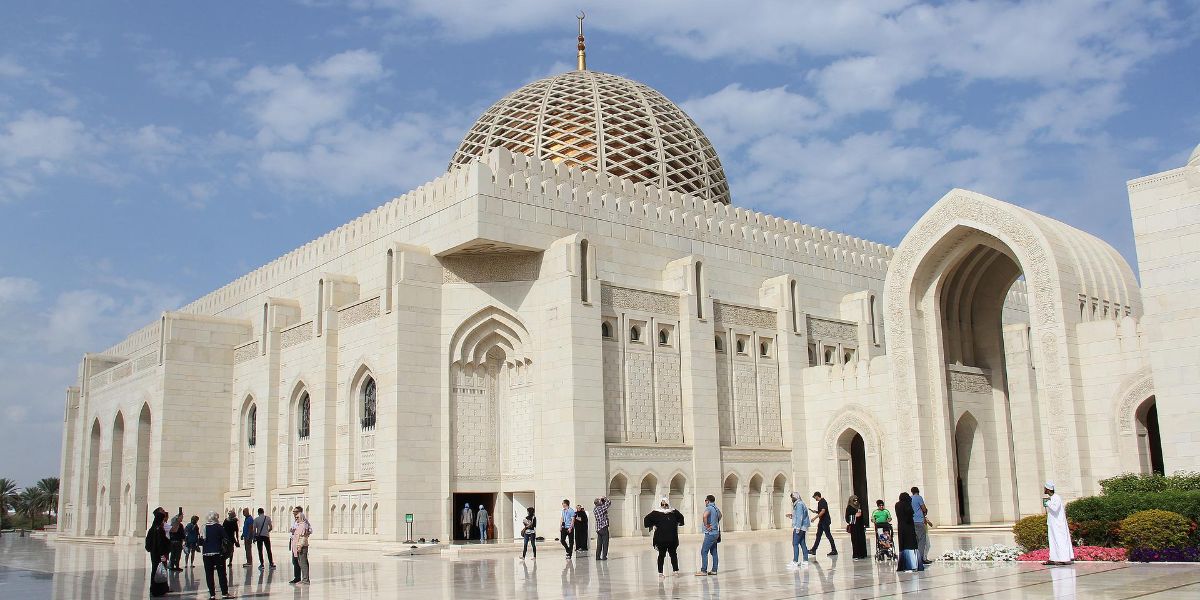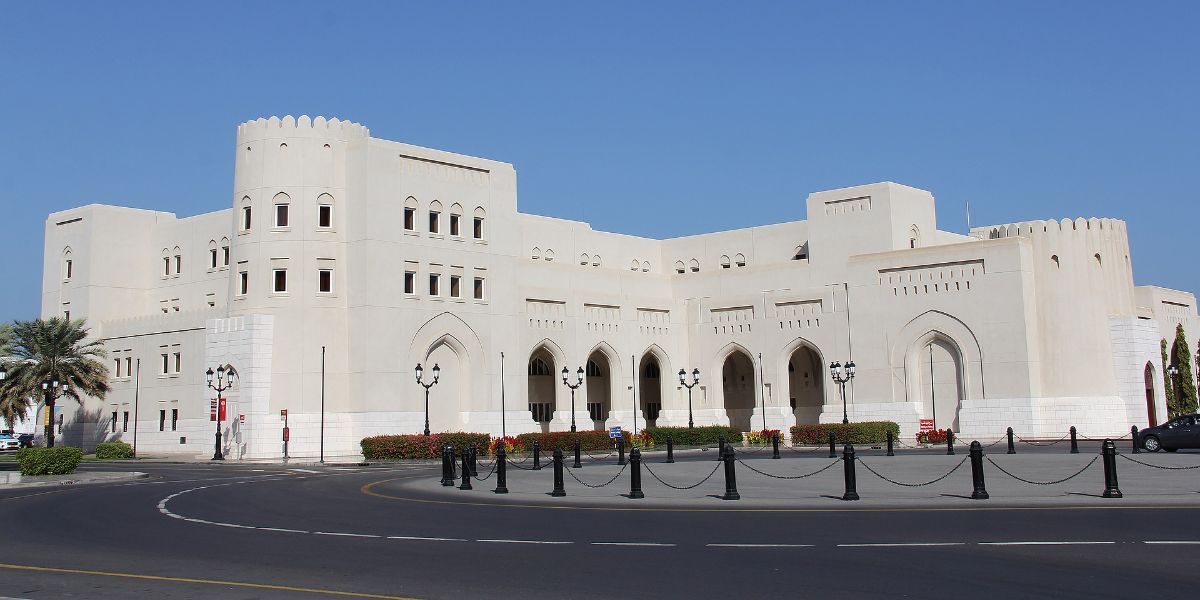The IMF has held consultations with Oman under Article IV of its articles of agreement and has issued a report on the discussions. Oman’s non-hydrocarbon growth rate was 6.5% in 2014 but is estimated to fall to 5% in 2015 and to 4.5% in later years owing to downside risks. The main risk to the medium term outlook is the developments in the oil market and further oil price falls would negatively affect the economic and fiscal outlook.
The fiscal and current account balances will fall into deficits from 2014/15 onwards and efforts to pursue economic diversification are more important in view of the lower oil price. The fiscal deficit is estimated to be 14.8% of GDP in 2014/15 and without fiscal reforms the deficit will remain above 10% in the medium term.
Fiscal adjustment should begin early and should involve measures to limit growth in government expenditure and increase non-oil government revenue. Non-oil revenues could be increased by broadening the tax categories and reviewing tax rates and exemptions for corporations. New sources of tax revenue should be considered including excise taxes, value added tax (VAT) and property taxes.
Implementation of a tax on outward remittances from Oman would in the opinion of the IMF be an inefficient way of raising tax revenue. This would raise only insignificant revenue but could reduce the competitiveness of the private sector. Introduction of an income tax for Omani nationals and expatriates would be less distortive for Oman’s economy.
Oman also needs to improve the environment for business. This would involve the removal of obstacles to business in the physical, legal and business infrastructure. The efforts to improve the environment for small and medium enterprises (SMEs) would be helped by improved coordination between the responsible government agencies.

















